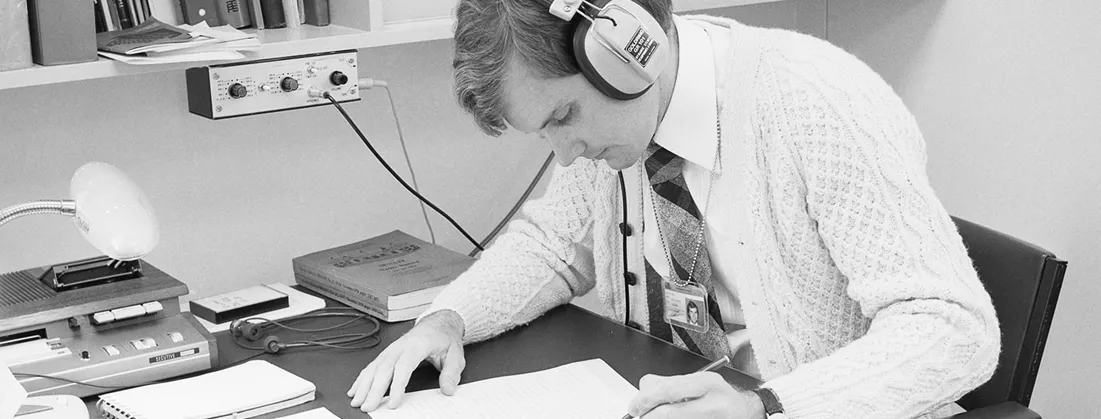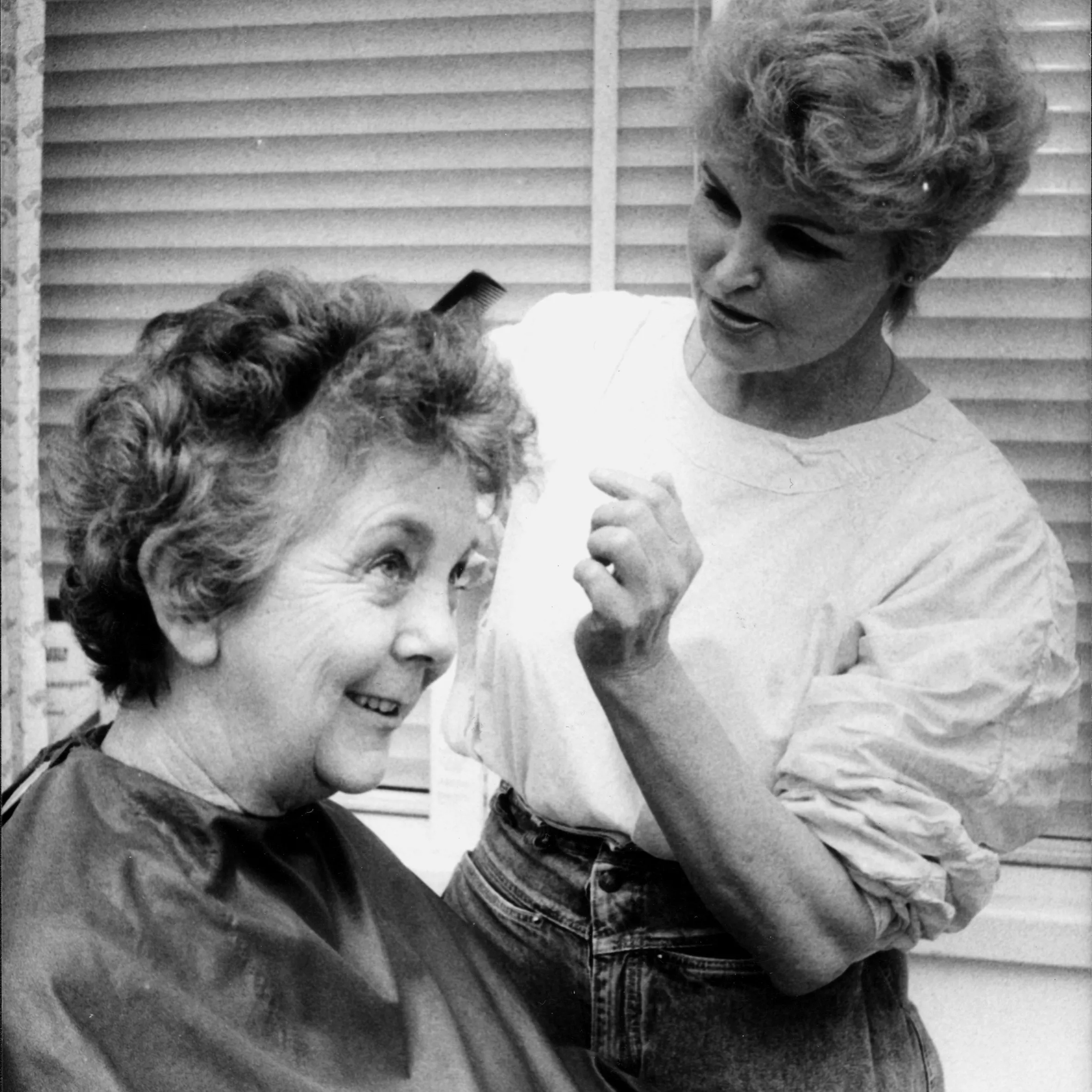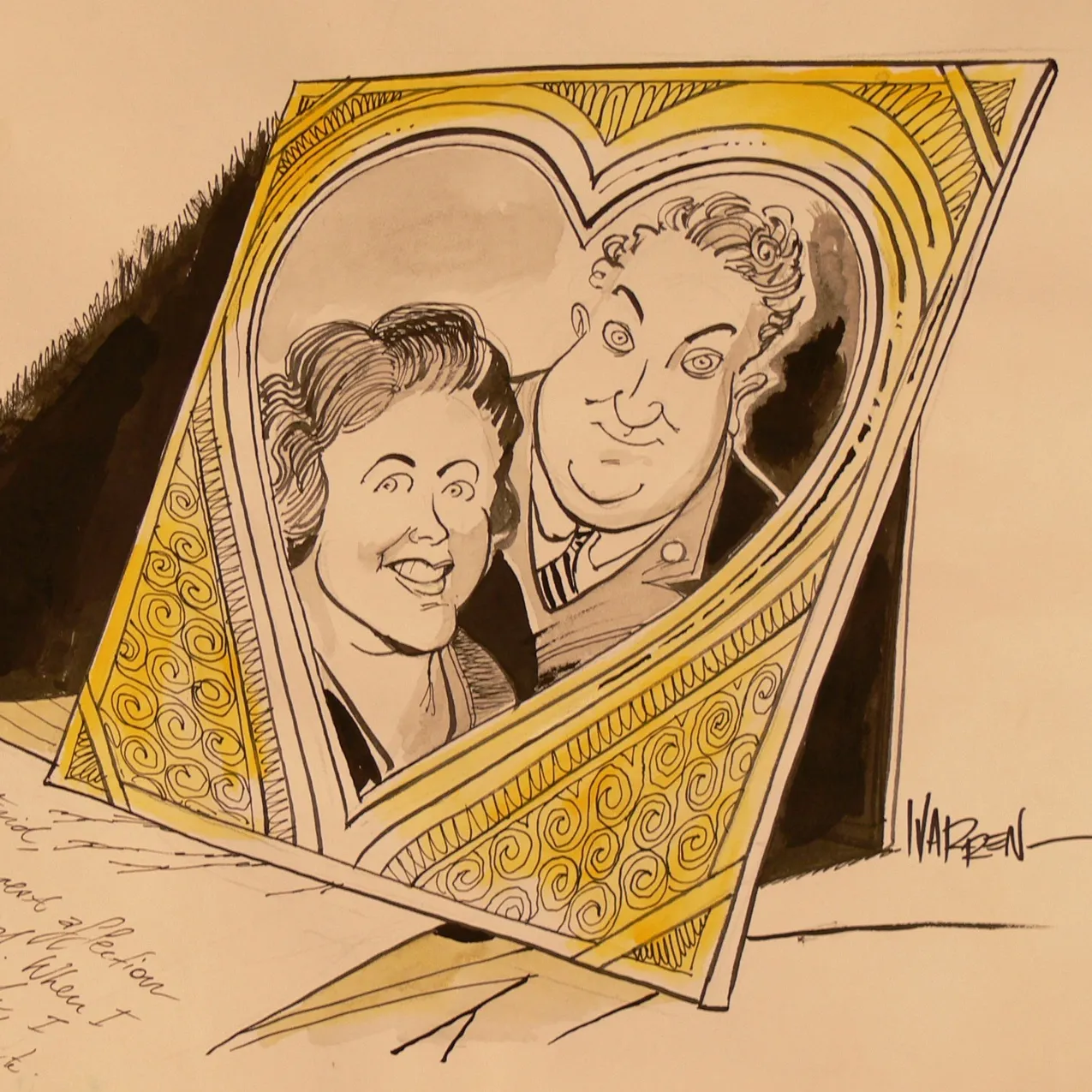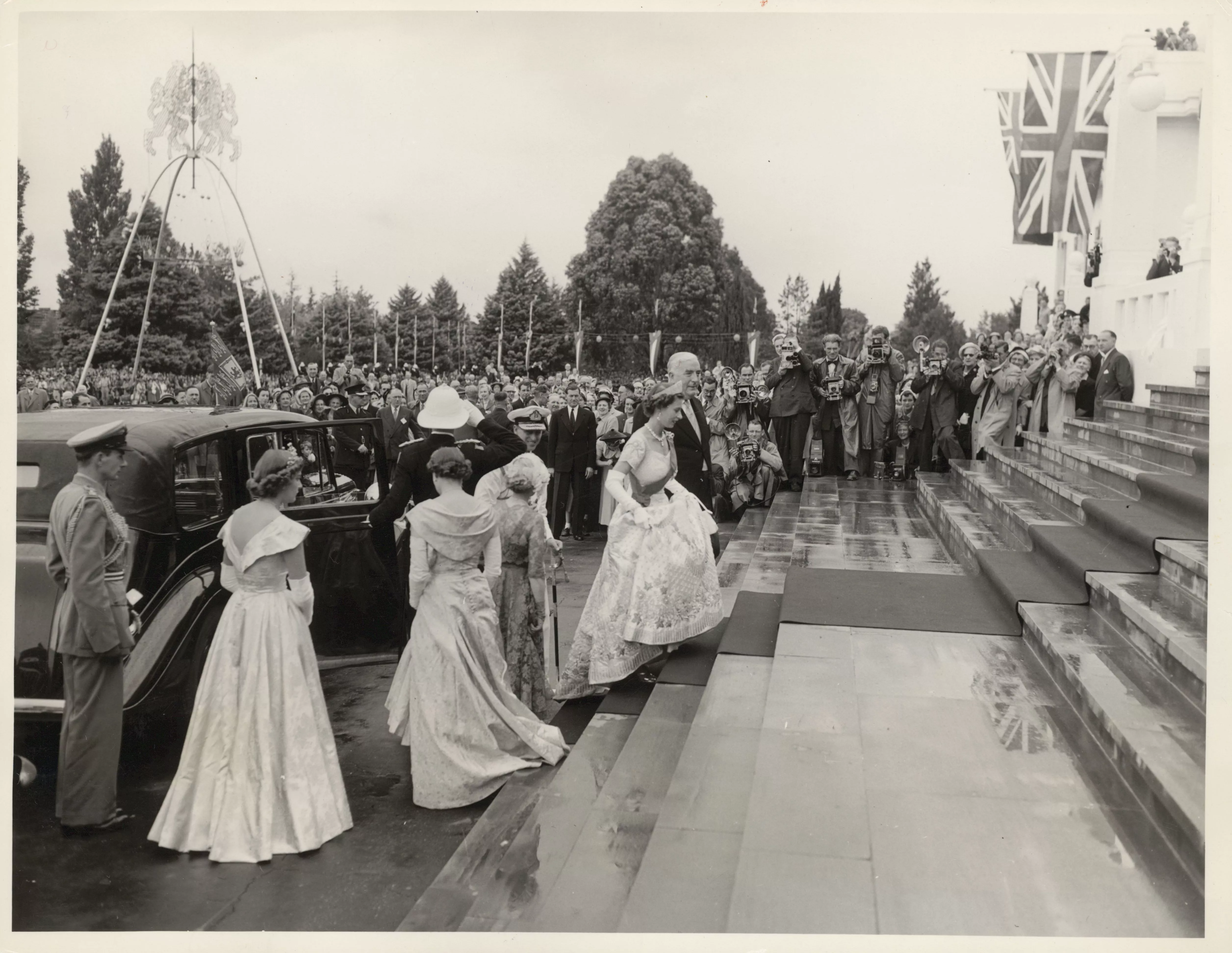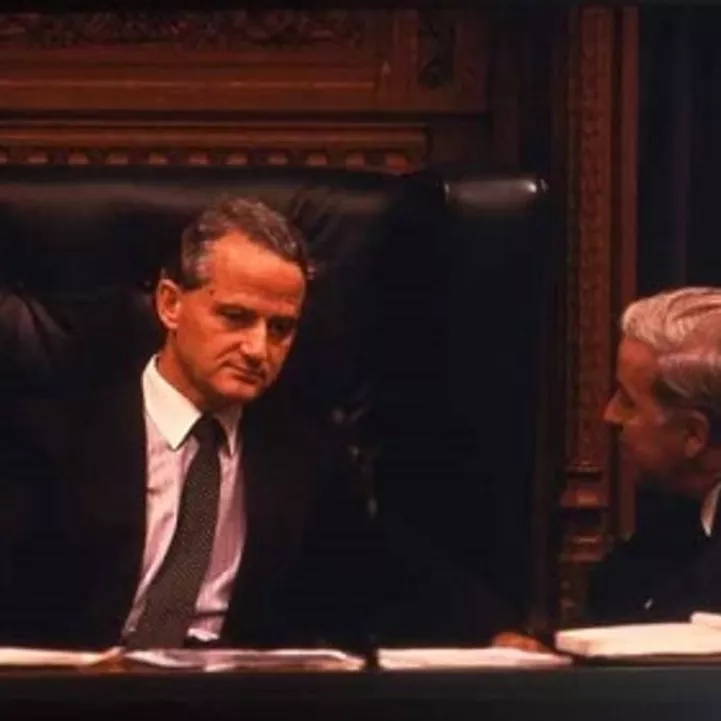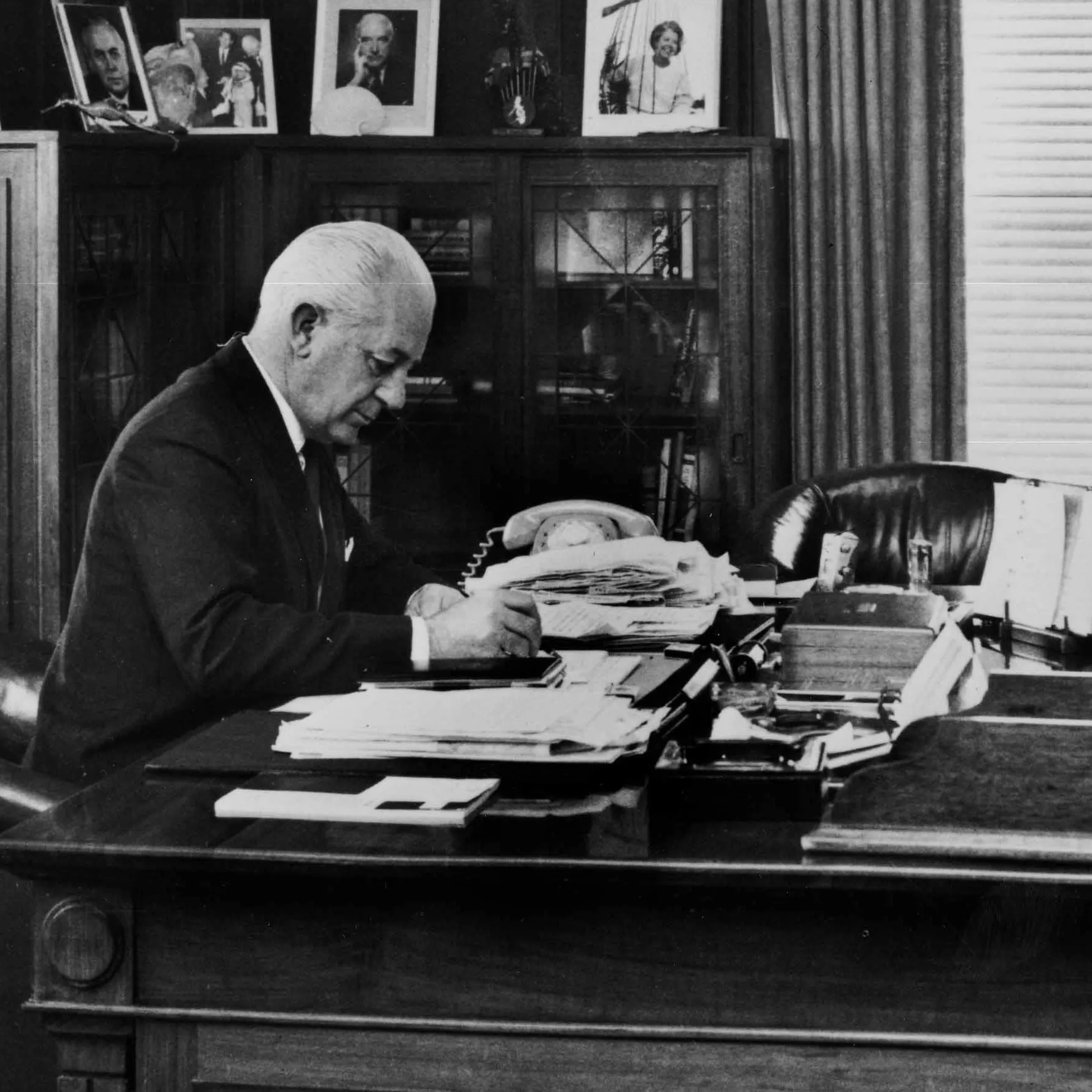Hansard: a quick primer
- DateThu, 02 Mar 2017
What is Hansard? Here's a rundown of everything you need to know.
Hansard is the official record of the proceedings of Parliament. It contains the speeches made by members and senators, the results of votes on bills and motions, and sometimes even the interjections and heckling! Like most of Australia's parliamentary traditions, Hansard originated in the United Kingdom.
Why is it called Hansard?
Hansard is named for the man who originally printed it, Thomas Curzon Hansard.
Even though it has existed in some form or another for centuries, up until surprisingly recently, the proceedings of the British Parliament were secret. In fact, it was not unheard of for people to be punished for reporting what was said during debates. Some newspapers used to use false names and pretend the debates were of some fictitious society. As public interest grew, pressure mounted for records of the debates to be made publicly available.
There were several early versions of what we now call Hansard, but the current version began in 1802. A radical publisher called William Cobbett began publishing the debates, which were printed by Thomas Curzon Hansard. Later, Hansard took ownership of the publication from Cobbett, and after 1829 his name appeared on the front page. The name Hansard stuck as a synonym for parliamentary record.
In Australia, the Parliament itself has always managed the printing of Hansard, but the name has been retained in deference to history and tradition.
Who writes Hansard?
Hansard is written by two groups of people. Firstly, the politicians themselves. Since it is a record of the proceedings of Parliament, every Member and Senator who speaks helps write Hansard, because their words are taken down.
The actual transcription and publication is done by the Hansard staff, a group of specialised reporters and editors who attend the chambers, note down the speeches as they happen, and then have them edited and printed.
Is Hansard verbatim?
Hansard is not a direct, verbatim record. Obvious omissions are the little speech mannerisms we all apply when we talk. Ums, ahs, pauses, self-corrections and verbal stumbles are all edited out, as are many verbal contractions (can't, won't) and incorrect grammar. The most mumbling, inarticulate speaker will look like a great orator if Hansard is all you see!
Hansard can also be corrected after the fact. If a speaker makes a mistake, such as quoting an incorrect figure, they can go back to the official record and amend it, so the record will say what they meant to say, not what they actually said.
Where can I read Hansard?
Hansard used to be printed in large bound volumes, and sent to every MP and Senator and to many libraries. Hansard is now published mostly online with print versions only produced by special request. The 'proof' Hansard for any given day's sitting is published on the Parliament House website the following day.
Where is Hansard produced?
Hansard staff have offices at Parliament House. Between 1927 and 1988 they were accommodated in Old Parliament House, where they were crammed into tiny rooms through most of the upper senate wing.
How do reporters keep up with the politicians?
In the past, Hansard reporters used to have to furiously scribble using shorthand in order to keep up with the pace of speeches. Thankfully, modern technology is now employed. The reporters type quickly using special software, and voice-recognition systems are also used to ensure the debate is recorded as it happens. Still, to avoid injury from too much furious typing, Hansard reporters only record a few minutes of the debate at a time before they are replaced by a colleague.


